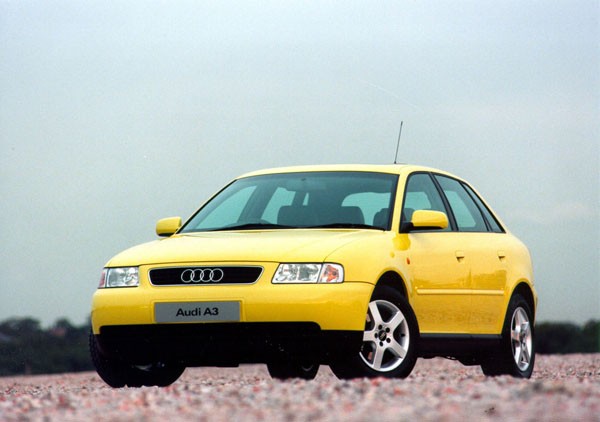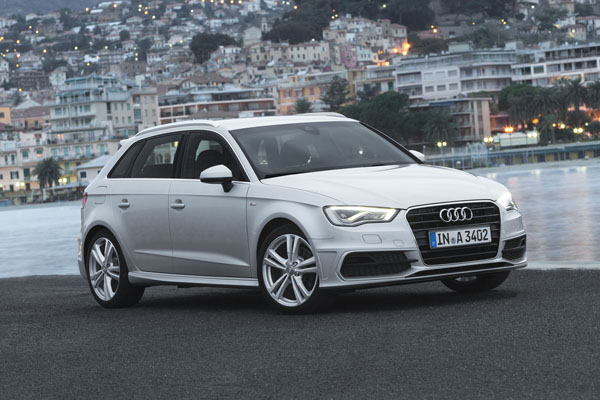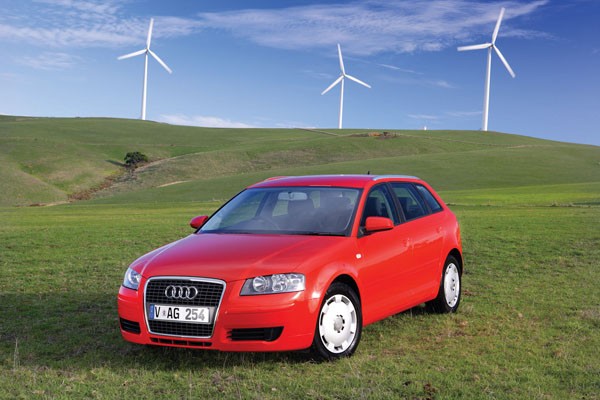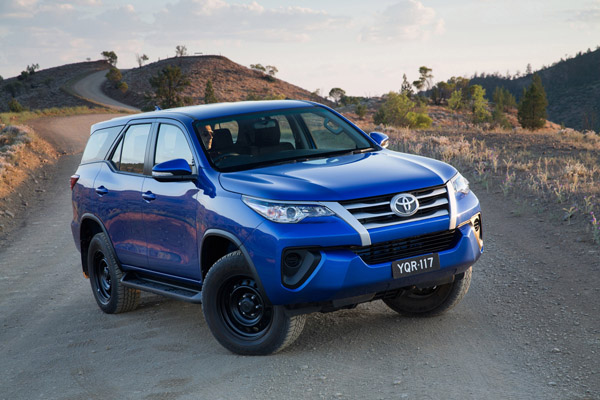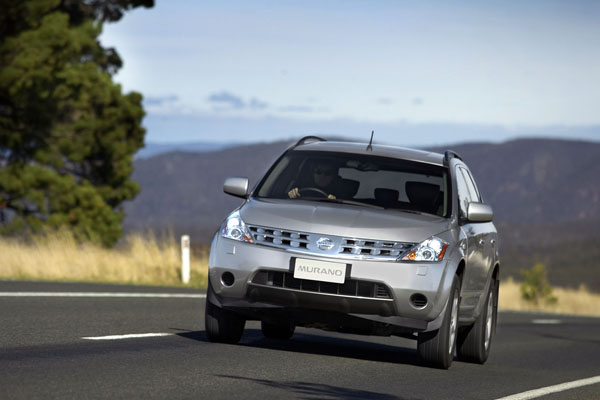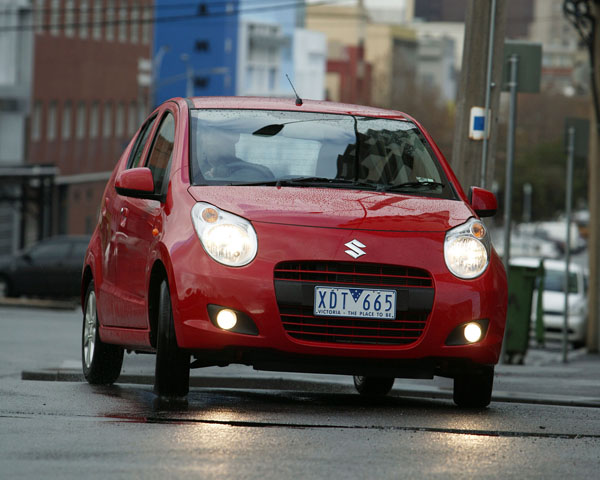Audi is often in the forefront of vehicle design and the A3 is a classic example. The company was the first of the upmarket German marques to make the bold, some thought foolhardy, move to smaller, relatively affordable cars.
Prior to the Audi A3 you had to spend upwards of $60,000 to get into one of the big make Germans. The A3 dropped the starting price to under $40,000 (keep in mind we are talking 1997 dollars, here).
Many predicted small cars would devalue the prestige rating of the large expensive models in the range. That didn’t happen and soon Mercedes and BMW realised Audi had got it right and they, too, got into building small cars. Indeed, all three have come a further size down, with Audi A1 being a classic example.
Audi A3 sales were reasonably good from the May 1997 launch of the three-door hatchback, but didn’t really get up to full speed until the introduction of the five-door hatch, Sportback in Audi speak, in October 1999.
Though the Audi A3 is considered a small car by Australians, in Europe it’s often used as a family car. Four adults are more comfortable than you might expect given the relatively small size of the car. Rear-seat access in the three-door is better than in most car of its type, with front seats that move right out of the way. However, the five-door Sportback is obviously more practical if the rear seats are going to get a lot of use.
There’s plenty of stowage space the cabin so this is a practical machine that suits many people living in crowded suburban regions in Australia.
Two good sized suitcases can be carried in the boot of the hatches, together with some small bits and pieces. Tie-down clips secure the load in a crash or under heavy braking.
An Audi A3 two-door cabriolet joined the range in November 2007 and was an immediate success. Naturally, it’s not as big in the back seat as the hatches, but four standard sized adults can share without too many compromises.
The Audi A3 has the solid feel that’s very much part of the marque and this has shown up in good durability as the years have gone by.
Handling is very good, though there is perhaps just a little too much understeer at the limit to suit the full-on driving enthusiast.
Engine choices in the original A3 were a 1.6-litre single-cam unit with two valves per cylinder and two 1.8-litre twin-cam models with the Audi trademark of five valves per cylinder (three intakes and two exhausts). The 1.8 came with or without a turbocharger, with the turbo engine tuned to give flexible torque and economy at low to mid-range engine speeds, rather than flat-out sports performance.
The second-generation A3 was launched in 2003 and ran through till May 2013 when gen-three arrived downunder. The Audi stylists have stuck with the original successful shape over the years. Differences are obvious when the three generations are viewed side by side but the timeless lines make for excellent resale value.
Audi S3 is a performance variant and Audi RS3 is a full-on hot-hatch with everything that means in the way of scintillating performance for those who know how to drive.
Be warned that the RS Audi range, in all models, not just the ‘3 isn’t aimed at those who like to pose about in a performance machine. If you don’t haven’t had high-performance driver training you might find any RS is a bit much. It will look after you thorough clever electronics if you really do stuff up, but it’s nice to know you can control the car yourself.
Power comes from a variety of engines, mostly four cylinder units, though Audis famed five-cylinder performance unit is a major exception. Engines come in petrol and diesel. Turbo-petrol units have come to the fore in recent years and are arguably the pick of the bunch.
A big capacity 3.2-litre V6 petrol gives a huge amount of get-up-and-go in a relatively small car like this one.
Power in most standard Audi A3 models is transmitted to the front wheels, the performance models have the company’s quattro all-wheel-drive system.
Audi has been on fire in the Australian sales race in recent years and the number of dealers has increased as a result. Naturally there’s a concentration on the major metropolitan areas, but some regional areas are starting to get into the act as well.
Spare parts and servicing are reasonably priced for this class. If you are shifting up to an Audi from an Asian or lower priced European car ask the dealer about servicing costs.
Always keep in mind that prestige cars aren’t as cheap to repair or service as more mundane machines of this size.
Check your insurance company about their attitude to the S3 and RS3 variants. Some charge premiums that can add significantly to the purchase price of an older used car.
WHAT TO LOOK FOR
Uneven front tyre wear probably means the little Audi has been driven hard. Obviously this is more likely in one of the high-performance S and RS models, but check even the basic cars as A3s seem to attract keen drivers.
Tyre wear may also mean one of the wheels is out of alignment after a crash, but a hard thump against a kerb can cause the same problem.
Make sure the engine starts quickly and idles smoothly even when it’s cold.
If the engine hesitates under hard acceleration in older A3s there may be computer problems.
During your test drive check that an automatic transmission doesn’t hunt up and down the gears when climbing moderate hills with light to medium throttle openings.
Check that a manual gearbox changes smoothly and quietly. Sticking, especially in fast three-two downshifts may mean expensive repairs.
Body repairs are most easily spotted by sighting along panels in a strong light to see if there are ripples in the metal. If there’s any doubt have a professional do a full inspection, preferably while the Audi’s up on a hoist.
Look over the interior for signs of damage. It’s built to a good but cranky kids can do terrible things at times.
CAR BUYING TIP
High-performance cars don’t always belong to high-performance drivers. Be wary one that’s been thrashed by dills …




